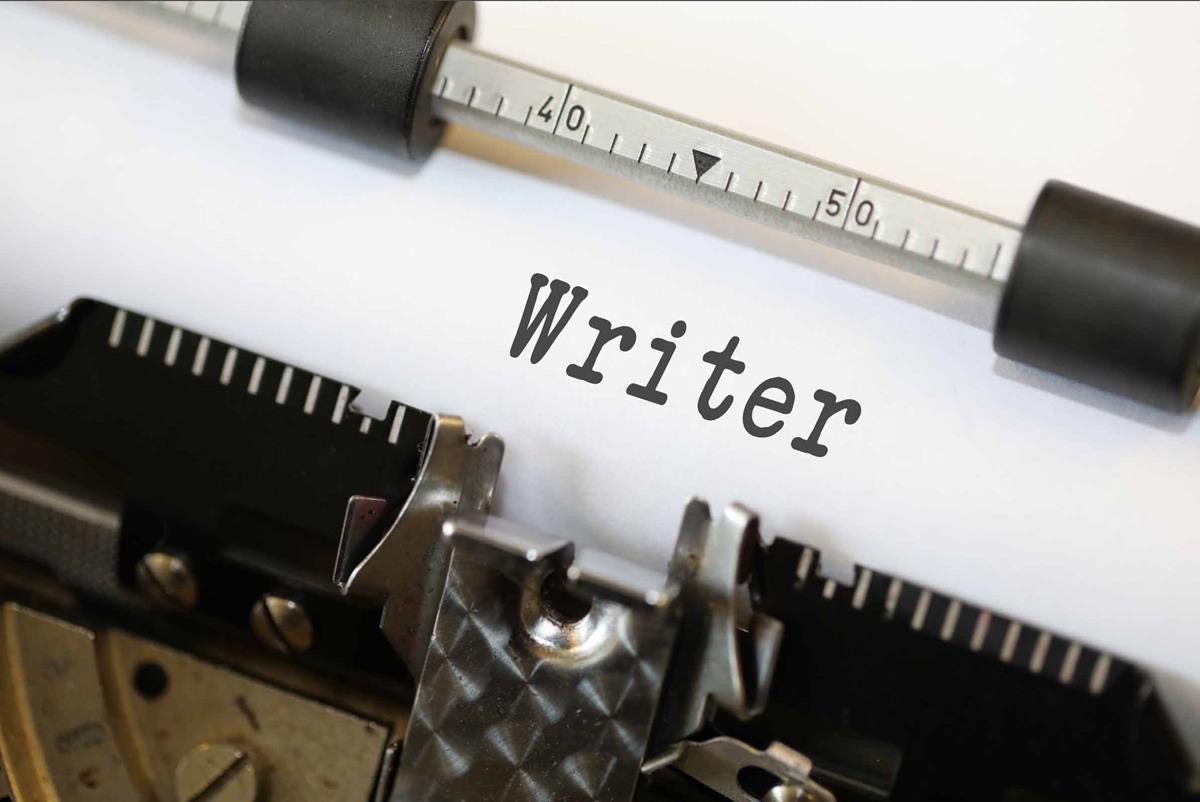Short Story
Writing Short Stories: A Detailed Primer
Writing a short story is an art that intricately weaves together creativity and precision, requiring a delicate balance between imagination and structure. Crafting a short story involves not only creating compelling characters and engaging plotlines but also mastering the art of brevity and suggestion, encouraging readers to fill in the gaps with their imagination. It is a process that demands a profound understanding of how to capture the essence of a story within a limited space, allowing for depth and complexity to shine through despite brevity. Understanding the power of each word and sentence becomes paramount in the confined space of a short story, where every choice impacts the overall impact and resonance of the narrative.
Whether you are a budding writer seeking to hone your craft, eager to immerse yourself in the world of storytelling, or an experienced wordsmith looking to further refine your skills and push the boundaries of your narrative prowess, delving into the realm of short stories can significantly elevate your storytelling abilities. The brevity of short stories challenges writers to convey rich emotions, intricate relationships, and profound themes in a condensed format, requiring a meticulous selection of words and details. By exploring the nuances of concise storytelling, you can cultivate a unique voice and style that resonates with readers, enabling you to adeptly convey intricate and multifaceted concepts in a compelling and impactful manner. Embarking on the journey of crafting short stories can unlock new dimensions of creativity, offering a platform to experiment with narrative techniques, explore diverse genres, and connect with readers on a deeper level.
Here’s a detailed guide to crafting compelling short stories:
1. Understanding the Form
- Definition and Scope: A short story is typically a brief narrative, usually under 7,500 words, focusing on a single event, character, or period. Its brevity demands efficiency in all aspects of its creation.
- Purpose: Short stories often aim to evoke a strong emotion or insight into the human condition, delivering a concentrated impact.
2. Elements of a Short Story
- Plot: The sequence of events in your story should be tightly constructed. Unlike novels, there’s little room for subplots or extensive backstory. Every scene, action, and piece of dialogue should serve the narrative and drive towards the climax.
- Characters: Focus on a small cast. One or two main characters allow for depth and development. Each character’s desire, fear, or conflict should be clear, driving the plot forward.
- Setting: This is the time and place where your story occurs. In a short story, settings are usually limited but must be vivid to create a compelling world in a brief span.
- Theme: The underlying message or insight your story explores. It should emerge naturally from the characters’ actions and the plot’s progression.
- Point of View (POV): Choosing the right POV is crucial. Whether it’s first person, third person limited, or omniscient, the POV should complement the story’s tone and structure.
3. Planning Your Story
- Brainstorming Ideas: Look for inspiration in daily encounters, news stories, or your own experiences. A unique perspective on a common theme often makes for a powerful short story.
- Outline: While some writers prefer to let the story unfold organically, an outline can help keep your narrative on track. Sketch out the major scenes and how they will escalate towards the climax.
4. Writing the Story
- Hook: Start with a strong opening to grab attention. It could be a compelling action, a dialogue, or a puzzling scenario.
- Build-up: Develop your characters and deepen the plot. Let your readers form attachments or understandings with the characters.
- Climax: This is the turning point. The tension built throughout the story should reach its peak.
- Resolution: Provide a satisfying conclusion. Whether or not all ends are tied up, the resolution should address the main conflict and leave the reader contemplative or altered.
5. Revising and Editing
- Content Review: Look at character development, plot consistency, and thematic expression. Make sure every element is necessary and functional.
- Language and Style: Refine your choice of words, sentence structure, and overall readability. The language should match the story’s mood and pace.
- Feedback: Sharing your story with a writing group or online community can provide critical insights and suggestions for improvement.
6. Publishing Your Story
- Research Publications: Look for literary magazines, online platforms, or writing contests that suit the style and theme of your story.
- Submission Guidelines: Follow the submission guidelines carefully. Each publication has its own preferences regarding format, word count, and file type.
7. Continuous Learning and Practice
- Read Widely: Reading a variety of authors and styles can inspire and teach you about effective storytelling techniques.
- Write Regularly: Like any skill, writing improves with practice. Challenge yourself with different genres and prompts.
Final Thoughts
Remember, the beauty of a short story lies in its brevity and the potency of its message. Each word must be deliberate, each scene must contribute to the whole, and every character arc must resonate with clarity and purpose. As you hone your craft, your unique voice will emerge, captivating and moving your readers with every story you tell.
QUESTIONS FOR FURTHER DISCUSSION
To facilitate deeper discussions about short story writing, here are some thought-provoking questions that can be used in a writing group or online community:
What distinguishes a memorable short story from an ordinary one?
- Discuss elements such as character depth, narrative twist, emotional impact, or thematic depth that make certain stories stand out.
How does the limitation of length influence the structure and style of a short story?
- Explore how constraints can foster creativity and whether a short format necessitates certain narrative techniques or structural innovations.
What role does the opening sentence play in a short story, and can you share examples of particularly effective ones?
- Analyze the mechanics of successful story openings and discuss how they establish tone, setting, or character right away.
How can a writer effectively develop characters in a short story without the luxury of extensive backstory?
- Share techniques for revealing character through dialogue, action, and minimal exposition.
What are the challenges of concluding a short story? How can a writer leave a reader satisfied yet perhaps wanting more?
- Discuss different strategies for ending a short story, including open endings, twist endings, and conclusive endings.
How does the point of view impact the reader’s engagement and perception in short stories?
- Compare different points of view (first person, third person limited, omniscient) and discuss their effects on the narrative.
What is the importance of setting in short stories? Can a mundane setting be made compelling?
- Consider how setting influences the atmosphere of a story and share examples where an ordinary setting plays a crucial role.
How can dialogue serve the narrative economy of a short story?
- Examine how effective dialogue advances the plot and develops characters without needing extensive descriptions.
What ethical considerations should a writer keep in mind when drawing from real-life experiences or current events?
- Discuss the balance between artistic freedom and responsible storytelling, especially when real events and personal narratives are involved.
In what ways can writers experiment with unconventional structures or styles in short stories?
Look at examples of non-linear narratives, stream of consciousness, or other experimental techniques to see how they can enhance or detract from storytelling.
These questions can spark detailed discussions and offer insights that enhance the group’s understanding and appreciation of short story writing. They’re also a great way to encourage writers to analyze their own practices and learn from others.
© 2024, wcadmin. All rights reserved, Writers Critique, LLC Unless otherwise noted, all posts remain copyright of their respective authors.




